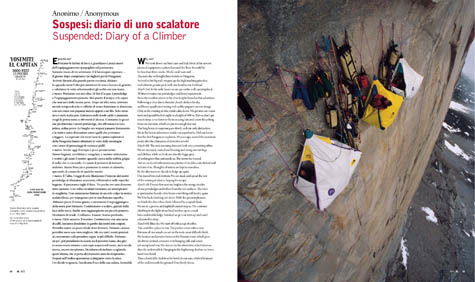Picnic: what leads most the discussion are ideas about duality.
swamp: with the opposition of above-beneath --> what is present is the idea of decay and putrefaction. Swamps are commonly known for their darkness either figuratively or literally. Either things disappear or get stuck then disappear. Ideas of camouflage with any organism that lives IN the swamp.
From: Dark Eden: The Swamp in 19th Cent. American Culture by David C Miller
"Europeans long had feared and despised uninhabited and uncultivated landscapes. Besides their obvious dangers, such 'desert places' were thought to be ugly and evil. Assisted by an aesthetic revolution in eighteenth-cent Great Britain, however, urbane antebellum Americans took romantic delight in certain wild places such as mountains and forests. Yet swamps seemed neither sublime nor picturesque and thus retained their age-old negative connotations. In the years following the Civil War Americans sought out these newly aestheticized exotic landscapes, particularly in Florida and the Mississippi Delta."
- Miller presents the romanticized view of the swamp environment in history. This is the immediate vision we have, where hierarchy establishes decay and growth , not unlike any other environment. A horizon divides and organizes the swamp, the need for survival dictates that organisms pass through the water's surface inhabiting both the land and the water.
- Miller presents the romanticized view of the swamp environment in history. This is the immediate vision we have, where hierarchy establishes decay and growth , not unlike any other environment. A horizon divides and organizes the swamp, the need for survival dictates that organisms pass through the water's surface inhabiting both the land and the water.
cliff: moving across the surface perpendicular that is itself perpendicular to the surface of the earth. Just like in the swamp, hierarchy is established but vertically relating more so to the forest than the swamp.


[Image & Article from Abitare]

[Ice Age Landscapes in Lower Manhattan]
* what a fantastic viewpoint, collapsing a subterranean wormhole with the Big Apple skyline behind the overhang. Almost as if two points of view were photographed at once without a two point perspective.
forest: After walking around this year's Frieze Art Fair this Tokyo painter caught my eye. Amongst the plethora of quickly made banal art work, his large scale forest was so peaceful. Little irridescent daubs of paint made up the entire 4m wall and cleverly the spatial treatment was to reverse what happens in real life. Meaning trees became negative space while empty space became this compendium of lavender, rose and pearl hues.











